
Nomad Press is committed to preserving ancient forests and natural resources. We elected to print Forensics: Uncover the Science and Technology of Crime Scene Investigation on Thor PCW containing 30% post consumer waste.
Nomad Press made this paper choice because our printer, Sheridan Books, is a member of Green Press Initiative, a nonprofit program dedicated to supporting authors, publishers, and suppliers in their efforts to reduce their use of fiber obtained from endangered forests.
For more information, visit www.greenpressinitiative.org.
Nomad Press
A division of Nomad Communications
10 9 8 7 6 5 4 3 2 1
Copyright 2013 by Nomad Press. All rights reserved.
No part of this book may be reproduced in any form without permission in writing from the publisher, except by a reviewer who may quote brief passages in a review or for limited educational use. The trademark Nomad Press and the Nomad Press logo are trademarks of Nomad Communications, Inc.
July 2013
eISBN: 978-1-61930-186-3
Illustrations by Samuel
Educational Consultant, Marla Conn
Questions regarding the ordering of this book should be addressed to Independent Publishers Group
814 N. Franklin St.
Chicago, IL 60610
www.ipgbook.com
Nomad Press
2456 Christian St.
White River Junction, VT 05001
www.nomadpress.net
Contents
 TIMELINE
TIMELINE| 44 BCE | Antistius, a Roman physician, performs the first recorded autopsy on Julius Caesar. |
| 700 CE | The Chinese use fingerprints to establish the identity of documents and clay sculptures. |
| 1149 | King Richard of England introduces the idea of a coroner to investigate questionable deaths. |
| 1248 | The first written account of forensic science being used to solve crimes is recorded in the book Xi Juan Ji Lu (Collected Cases of Injustice Rectified) by Song Ci, a judge in the Chinese criminal court. |
| 1540s | Dr. Ambroise Par, a French army surgeon, systematically studies the effect of violent death on internal organs. His work is the beginning of modern forensic pathology. |
| 1784 | The first case of physical matching occurs in England when John Toms is tried and convicted of murdering Edward Culshaw with a pistol. A pistol wadcrushed paper used to secure gunpowder and balls in a pistols muzzlethat is found in Culshaws head wound matches perfectly with a torn newspaper in Tomss possession. |
| 1820s | French detective Eugne Franois Vidocq studies bullets to identify murder weapons and makes plaster casts of shoe impressions to solve crimes. |
| 1835 | Sir Henry Goddard of Londons Scotland Yard police uses physical analysis to match a bullet to a gun. |
| 1836 | Scottish chemist James Marsh develops a chemical test to detect the presence of arsenic, which is used in a murder trial. |
| 1864 | Odelbrecht advocates the use of photography to identify criminals and document evidence at crime scenes. |
| 1891 | Dr. Juan Vucetich of Argentina creates the first fingerprint classification system, which is still used in Spanish-speaking countries. |
| 1892 | Sir Francis Galton publishes Finger Prints, the first book on the subject. He develops pattern types and demonstrates that no two prints are identical. |
 THE HISTORY OF FORENSICS
THE HISTORY OF FORENSICS| 1896 | Sir Edward Richard Henry from England develops a fingerprint classification system that becomes standard in English-speaking countries. |
| 1910 | Dr. Edmond Locard founds the first laboratory in France dedicated to criminal investigation. He later becomes famous for his principle, Every contact leaves a trace. |
| 1920s | Dr. Calvin Goddard, a physician and expert in firearms identification, uses the comparison microscope to identify which bullets came from which shell casings. |
| 1924 | August Vollmer, chief of the Los Angeles Police Department, establishes the first American police crime laboratory. |
| 1930 | Karl Landsteiner wins the Nobel Prize for classifying human blood into groups A, B, AB, and O. |
| 1933 | The Federal Bureau of Investigations crime lab is created. |
| 1937 | Luminol is found to react with the hemoglobin in blood and produce a bluish glow. |
| 1953 | James Watson and Francis Crick discover the DNA double helix, which will become the basis for DNA fingerprinting in forensic science. |
| 1970 | The FBI introduces the beginnings of the Automated Fingerprint Identification System. |
| 1984 | Sir Alec Jeffreys of England develops the first DNA fingerprinting tests for use in a criminal case. |
| 1990s | The FBI starts to build its Combined DNA Index System (CODIS), the first computerized nationwide system for matching DNA samples from suspects with those collected from crime scenes. It will become the largest DNA data bank in the world. |
| 2012 | Digital image enhancements allow investigators to better match details such as fingerprints, shoe prints, and bite marks. |
| 2012 | New DNA technology allows for forensic testing of older and smaller samples. |
Introduction Crack the Case
Crack the Case 
How do police and investigators solve crimes?


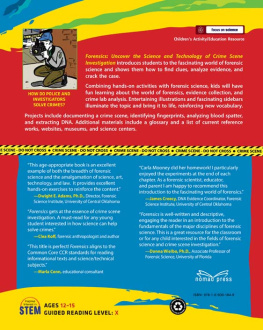

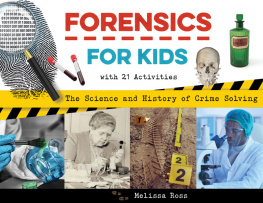
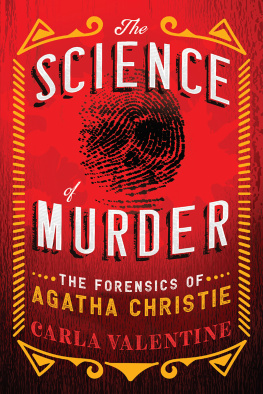
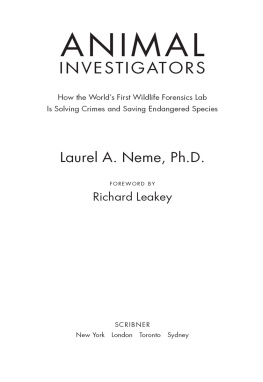
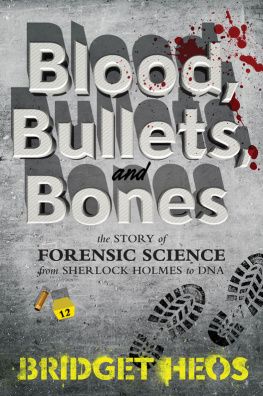


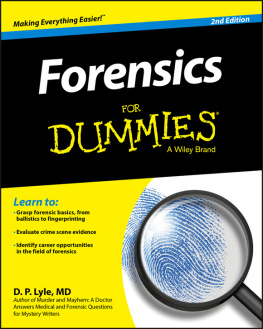
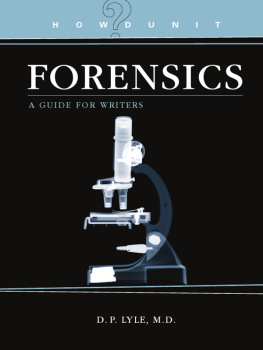
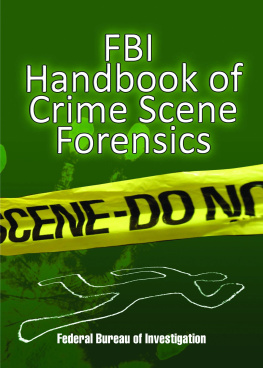
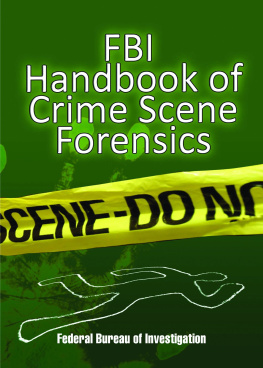





 TIMELINE
TIMELINE
